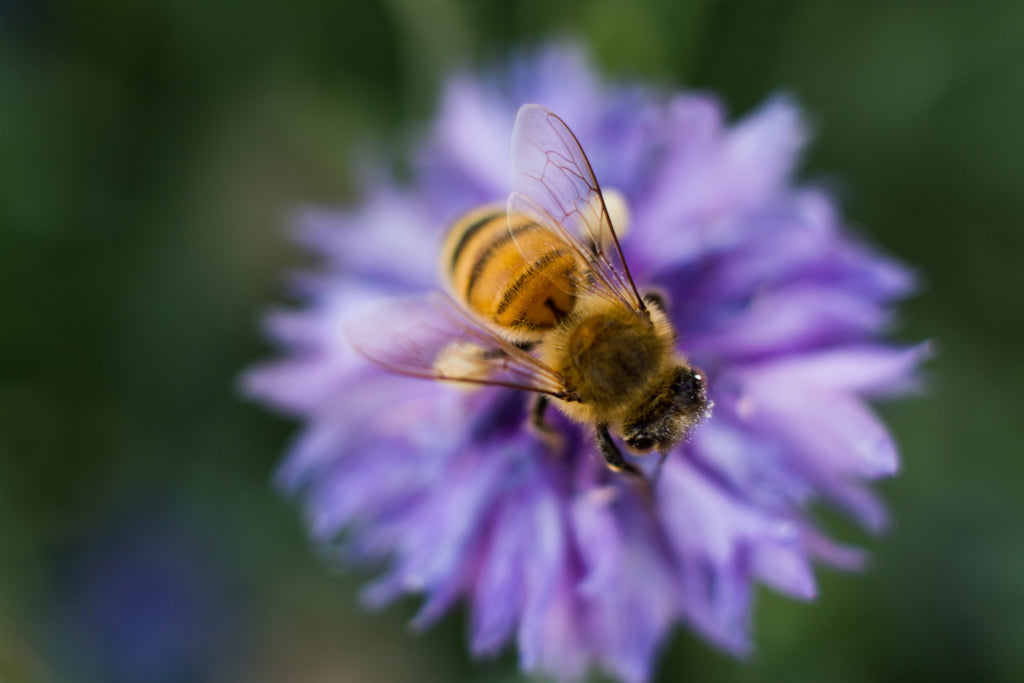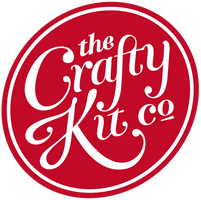
If you’re longing for summer, there are few sights as welcome as the first bee of the year that you spot buzzing from flower to flower. Bees not only provide us with delicious honey, but also play a vital role as pollinators of many of the crops we eat, as well as the trees and plants that sustain other wildlife. Sadly, bees are currently facing many threats, such as the loss of habitat, or the use of harmful pesticides, but there are lots of small changes that we can all make to our gardens, balconies, or window ledges to help create a bee-friendly environment - read on to learn more!
Plant for all seasons
If you have a garden, one of the easiest ways that you can support bees is by choosing bee-friendly plants for it. When planning your gardening year, try to include plants that will provide bees with nectar and pollen throughout the seasons, especially between March and September, when they are most active.

Early in the year, snowdrops, crocus, and grape hyacinth will provide all-important nectar to bumblebee queen bees emerging from hibernation. In spring, snake’s head fritillary, primrose and cowslip are all fantastic food sources for bees. Foxglove and lavender will both attract bees to your garden in summer, while in the autumn, late-flowering plants such as single-flowered dahlias and Japanese anemones will support them as they approach hibernation.
If you aren’t already, consider planting herbs and vegetables alongside more decorative flowers. Bees help to pollinate many kitchen garden favourites such as broccoli, cucumber, and strawberries. They also love herbs like mint and chives, which can easily be grown indoors and transferred to a pot on a sunny outdoor windowsill, if you don’t have access to your own garden. The greater the variety of plants you grow in your garden, the more bees and other wildlife it will support!

Live life on the wild side
Allowing lawns to grow a little taller than we might normally feel looks neat is also a fantastic way of encouraging bees, as it provides them with shelter and a place to feed - resist the urge to mow!
Many of the plants which we consider to be weeds, such as dandelions and clover, will also attract and support bees in your garden, so try to accept them as an important part of its ecosystem. In the autumn it’s particularly important to avoid trimming back any ivy, as it provides bees with a late food supply.

If you can, consider leaving a patch of your garden to ‘run wild’, or create a wildflower meadow - native wildflowers are usually far richer in nectar and pollen than exotic imports. They are also better adapted to the British climate, and more resistant to slugs and pests. Seed balls are an extremely easy way to introduce wildflowers to your garden, as they require no digging, and protect seeds from being snatched up by birds or insects before they can grow. Our friends at Seedball even offer a special bee-friendly mix!
Make a ‘bee bar’
Alongside nectar and pollen, bees also need access to water, which they carry back to their hive on warm summer days to cool it. You can help bees by leaving a ‘bee bar’ in your garden, such as a shallow container with a few pebbles to land on, and regularly topping it up with water. Again, if you don’t have a garden, keeping a ‘bee bar’ on your windowsill is another great way to support bees!

Avoid using chemicals
Try to avoid using chemical insecticides in your garden, as they don’t discriminate between species, and could harm bees as well as the insects that you’re trying to combat. Hoverflies, ladybirds, and beetles will help to keep other insects in check, and aphids can be stripped off a plant using gloved hands.
How to help a tired bee
If you come across an immobile and tired-looking bee on a pavement near your home, you might be able to help it recover by providing it with a small dose of sugar water. Mix together small, equal amounts of sugar and water, and leave it close to the bee in a bottle cap or teaspoon. Hopefully the bee will take a drink, and gain enough energy to return to its busy work!
We hope you’ve found these tips helpful, and we’d love to see photos of your bee-friendly gardens, and any little visitors who might buzz by! Please share them with us on Facebook, Instagram, & Pinterest!
Rebecca at the Crafty Kit Co. xoxo
Enjoying our blog posts? Join our mailing list to receive every new post straight to your inbox!
At The Crafty Kit Company we hate spam, we never share data and you can unsubscribe from our mailing list at any time.

Leave a comment